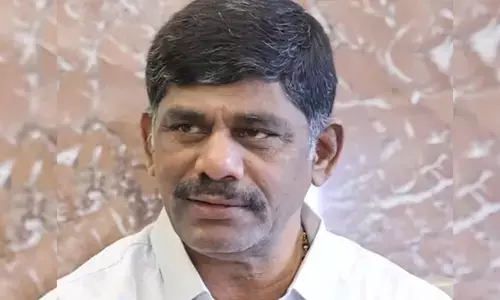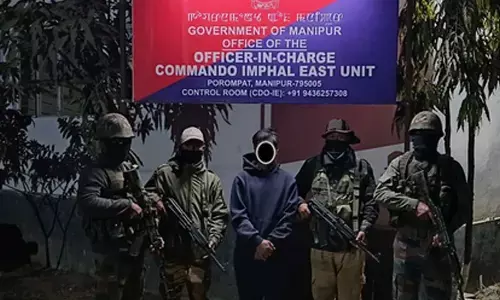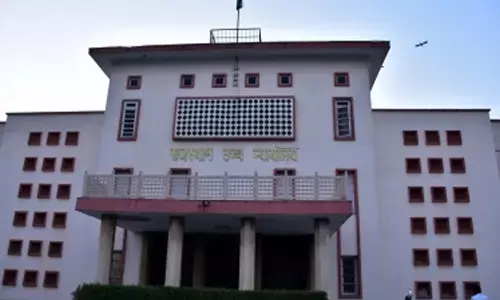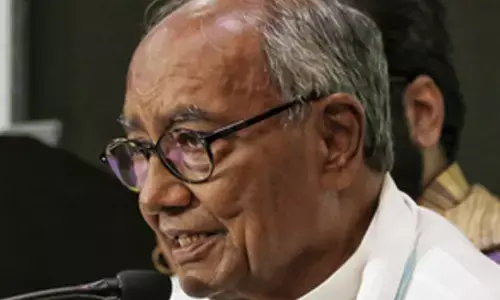Joint replacement surgery

Joint replacement surgery
Dr Narasimha Reddy, from SLG Hospitals, Hyderabad, talks about joint replacement surgery
The wear and tear that takes place in a Joint is called Osteoarthritis. This is commonly seen in knees and hips, they being weight-bearing joints.
Arthritis that happens with age is called Primary Osteoarthritis. when arthritis develops as a result of a pre-existing condition in the joint, it is called Secondary osteoarthritis, some common reasons for secondary osteoarthritis include fractures involving the joint surfaces, ligament injuries, avuncular reckons, and manumitted furcating in close proximity to joints.
In the initial stages, when the arthritis is mild, a pain pill and exercises will reduce the pain. As the arthritis prognoses, simple analgesia may not help. In this stage, some non-operative treatment modalities help in alleviating the pain and also slowing down the disease progression. These include:
• Intra-articular steroid injection Alleriates the pain, but deer net mows down the disease progression.
• Vanco-Supplementation: A synthetic fluid that mimics the joint synovial fluid is injected into the joint lubrication thereby knowing down the arthritis.
• PRP injection PRP stands for Platelet-Rich Plasma. The patient’s blood is drawn and the platelets are reported and injected into the arthritis joint Platelet contains certain growth factors which aid in regenerating the worn-out cartilage.
• Cooled radio frequency, ablation. In this method the names that perceive pain stimely from the knee joint are burnt using radio frequency This allerities the pain but has no effect on disease progression.
• When arthritis has reached a severe. Stage. That is when a joint replacement is needed. In this stage, other modalities of treatment may not offer much benefit. Medication might give short-lasting pain relief at best.
In a fount replacement surgery, the worm-out surfaces are Chirelled out and bone ends are shaped to take a prosthetic joint made of metal and plastic. Patients can start walking the next day after surgery and Physiotherapy is crucial at this stage to maintain point flexibility and good muscle strength. Stitches are removed two weeks from surgery, following which one walk completely may walk with a came. After a month one may walk completely unaided.
• With the support of a walker frame.
(Ph: 040 23785678/ 7799235678, [email protected])














